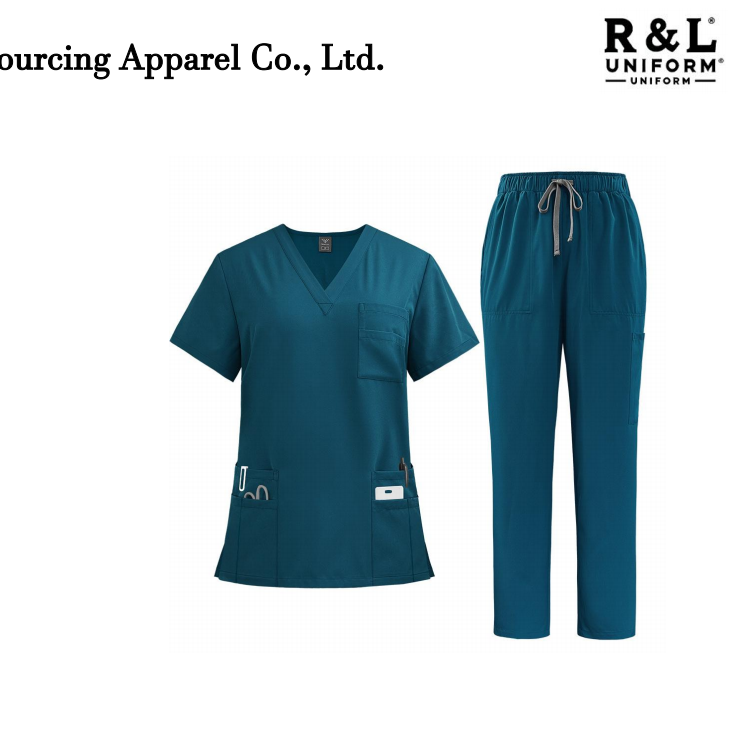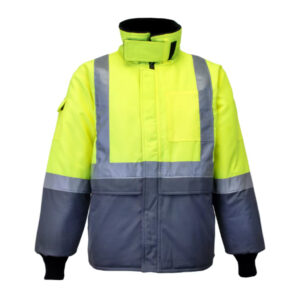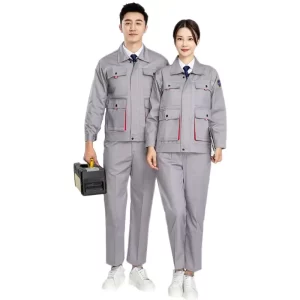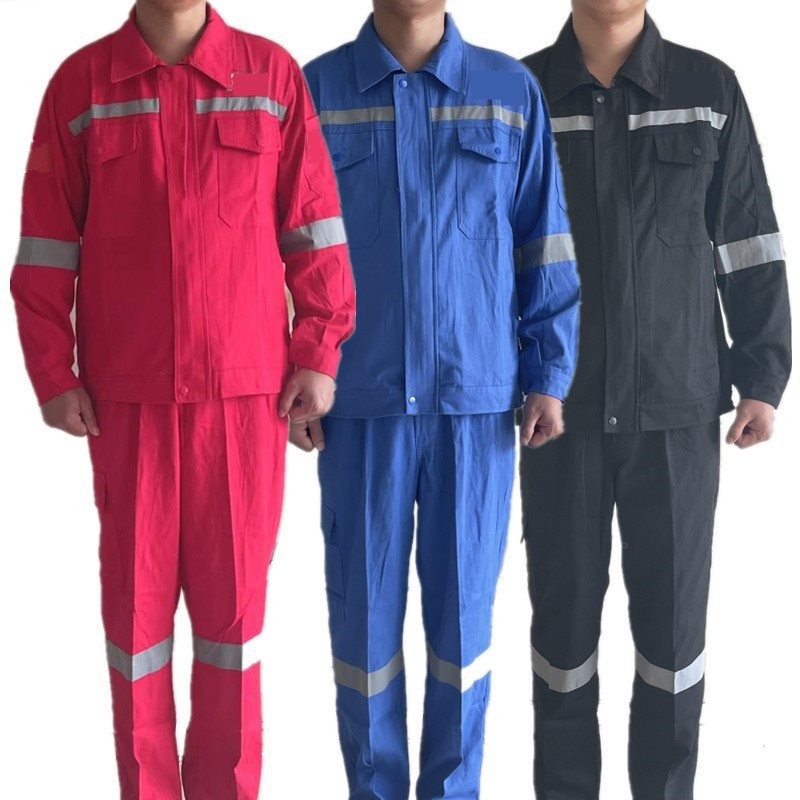In the realm of safety and security, protective clothing stands as a stalwart guardian, shielding our frontline workers from harm’s way. These garments, meticulously designed and crafted, serve as a second skin for those who brave hazardous environments to ensure the welfare of others. In this blog post, we delve into the intricacies of protective clothing, exploring its vital role in safeguarding our protectors.

Understanding the Purpose
Protective clothing serves a dual purpose: to shield the wearer from external hazards and to provide a barrier against contamination. Whether it’s firefighters facing roaring infernos, healthcare professionals battling infectious diseases, or industrial workers navigating chemical exposures, the right protective attire is paramount for their safety and well-being.
Materials and Construction
The effectiveness of protective clothing hinges on its materials and construction. Advanced fabrics such as aramids, polyethylene, and polypropylene offer exceptional strength and resistance to various hazards, including heat, chemicals, and biological agents. Meanwhile, innovative design features such as sealed seams, adjustable closures, and ergonomic fittings ensure optimal protection without compromising comfort or mobility.
Customization for Specific Hazards
One size does not fit all in the realm of protective clothing. Garments must be tailored to specific hazards and environmental conditions to provide maximum protection. For instance, flame-resistant clothing for firefighters incorporates layers of heat-resistant materials to withstand intense heat and flames, while medical protective suits feature impermeable barriers to prevent the transmission of pathogens.
Challenges and Innovations
Despite advancements in protective clothing technology, challenges persist. Weight and bulkiness can impede mobility, heat stress remains a concern in high-temperature environments, and achieving a balance between protection and breathability is an ongoing endeavor. However, ongoing research and innovation continue to drive progress in the field, with developments such as lightweight yet durable materials, integrated cooling systems, and smart textiles offering promising solutions.
The Human Element
Beyond its technical specifications, protective clothing embodies a profound human element. Each garment represents a commitment to the safety and well-being of those who wear it—a tangible symbol of solidarity and support for our frontline workers. Behind every suit of armor lies a story of dedication, sacrifice, and unwavering resolve to protect and serve.
Conclusion
Protective clothing is more than just fabric and stitching; it’s a lifeline for those who put themselves in harm’s way to safeguard others. As we continue to navigate an ever-changing landscape of hazards and challenges, the evolution of protective clothing remains crucial. By investing in research, innovation, and the well-being of our protectors, we reinforce our commitment to creating safer, more resilient communities for all.
In the tapestry of safety and security, protective clothing stands as a testament to human ingenuity and resilience—a shield against adversity, a beacon of hope, and a reminder that, in the face of danger, we stand stronger together.
This blog post aims to shed light on the importance of protective clothing in safeguarding frontline workers and the ongoing efforts to enhance its effectiveness and comfort.






